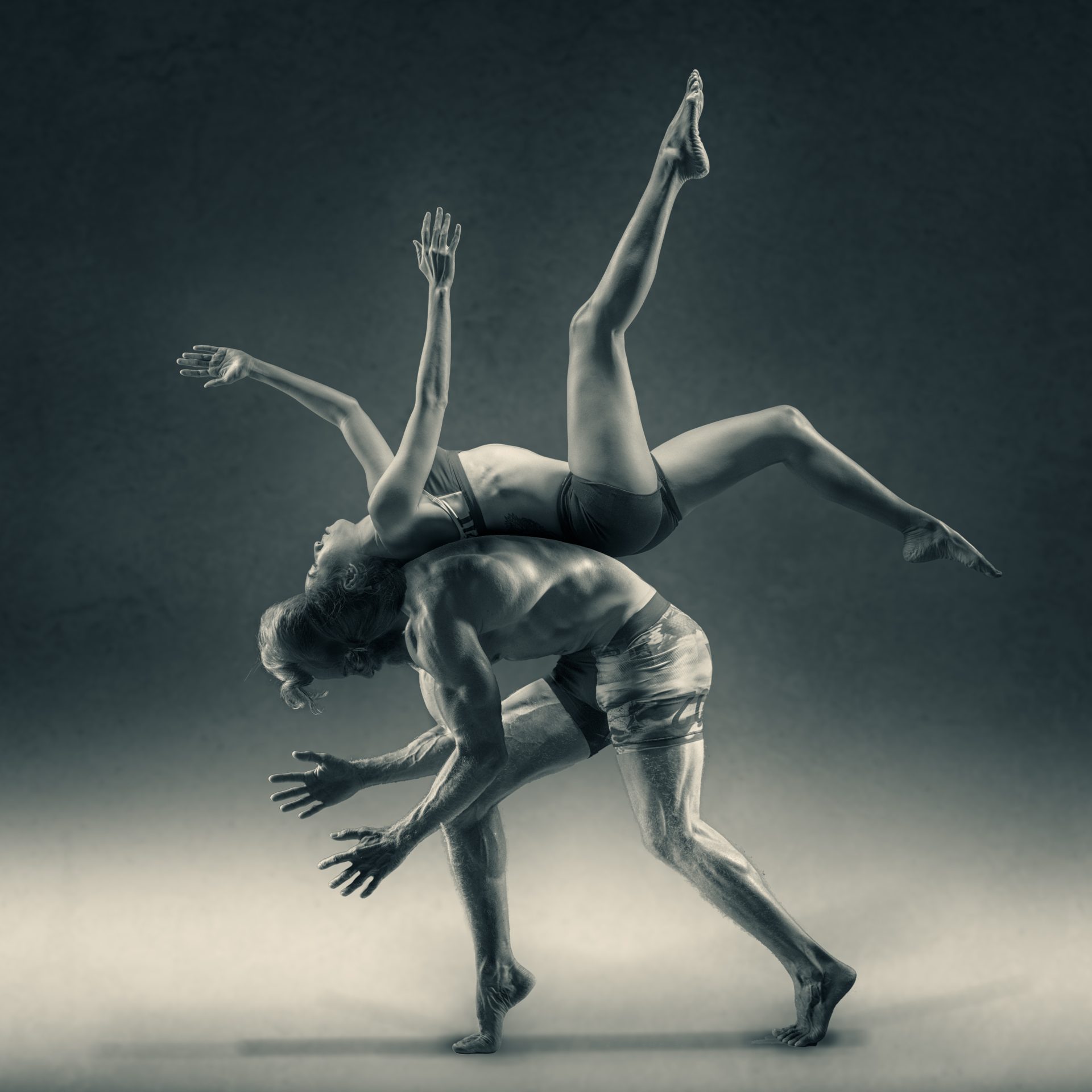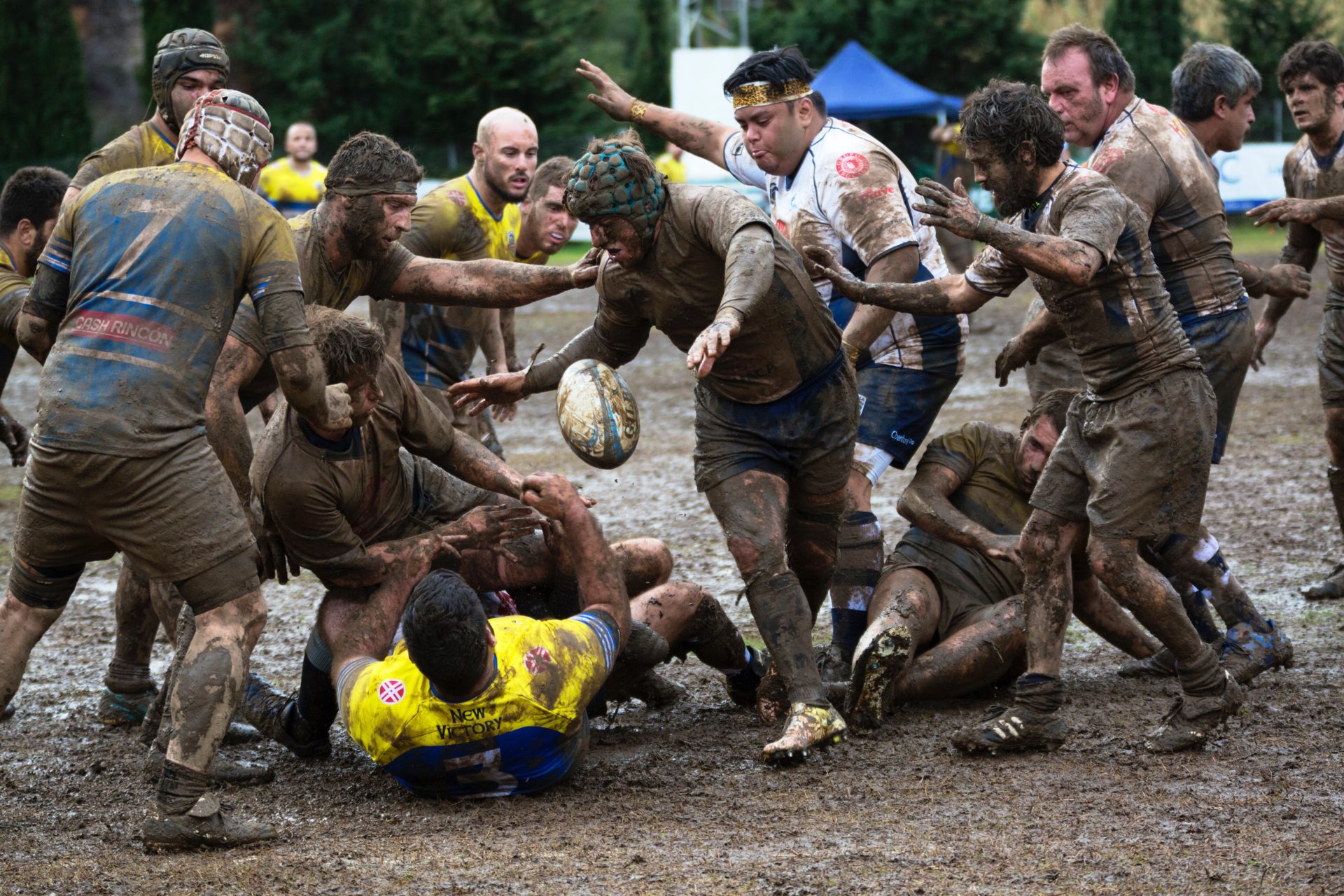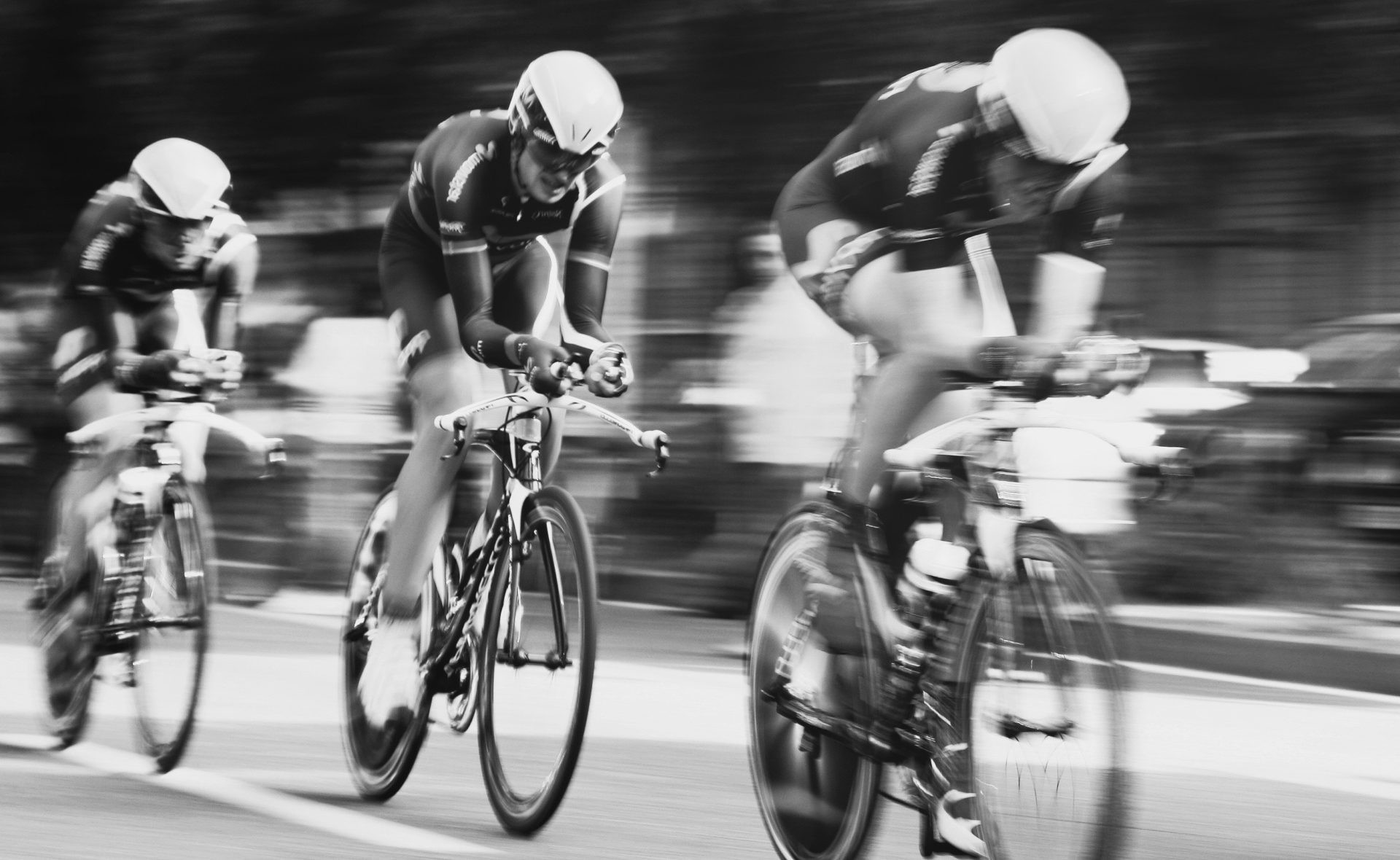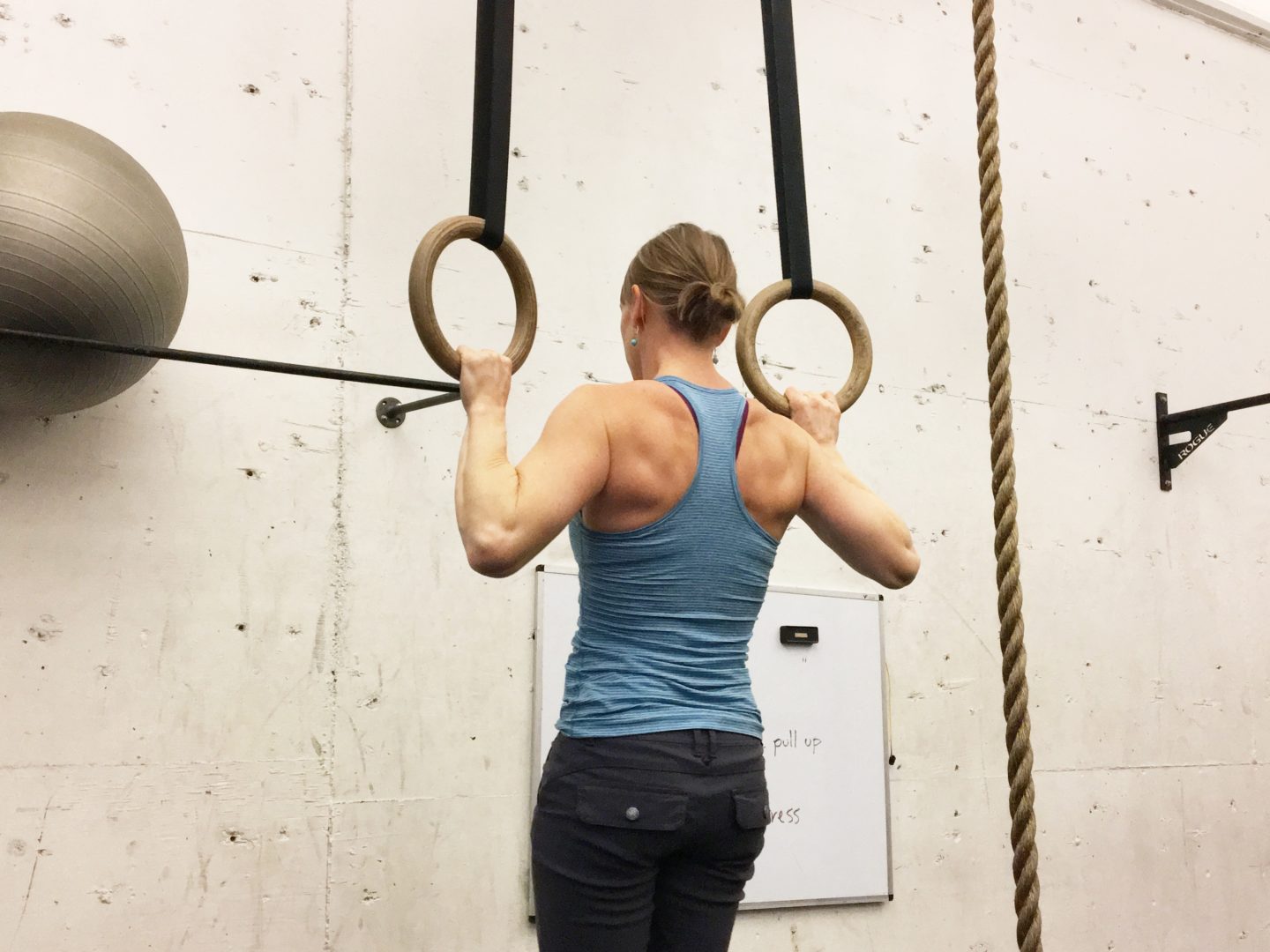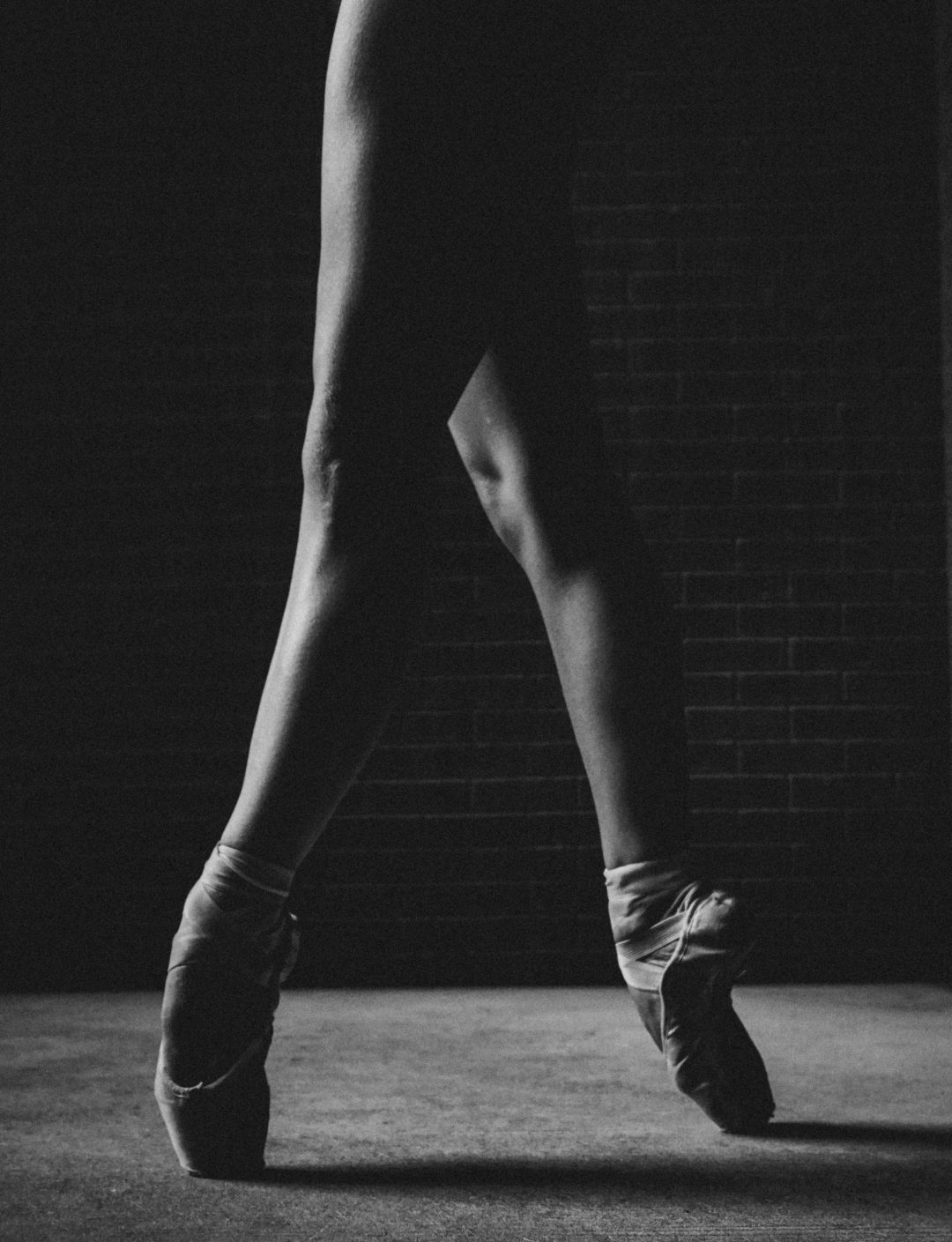Performance
If performance is all about improvement, then why not try to improve biomechanics, alignment, dynamic balance, and how optimally you move? It is important to consider the difference between movement training and exercise for fitness or sport training. Biomechanics matter when it comes to performance and, along the same lines, optimal form and biomechanical balance will give the best performance with the least amount of risk.
If you want to be one of the highest performing individuals in the world, you are going to have to flirt with capacity. You are working to push the capacity of the system for speed, agility, strength, and endurance. As an athlete, there is training specific to your sport. Additionally, it may be important to consider the components that will help you to excel from a deeper anatomic and physiologic standpoint.
For example, consider the use of intermittent hypoxic training for performance. Authors Sanchez and Borrani (2018) found their intermittent hypoxic training protocol to induce additional effects on aerobic performance in highly trained runners. This was accomplished without compromising any anaerobic capacity.
Something else to consider is that a significant component of performance is the rest and recovery aspect. Consider some of the most efficient ways of switching your body from the stressful (fight or flight) sympathetic input of training to the parasympathetic (rest and relax) with effective breathing techniques and neurophysiologic input.
Do things that allow you to get the maximum out of the effort you’re putting in to train and perform at your highest levels…


